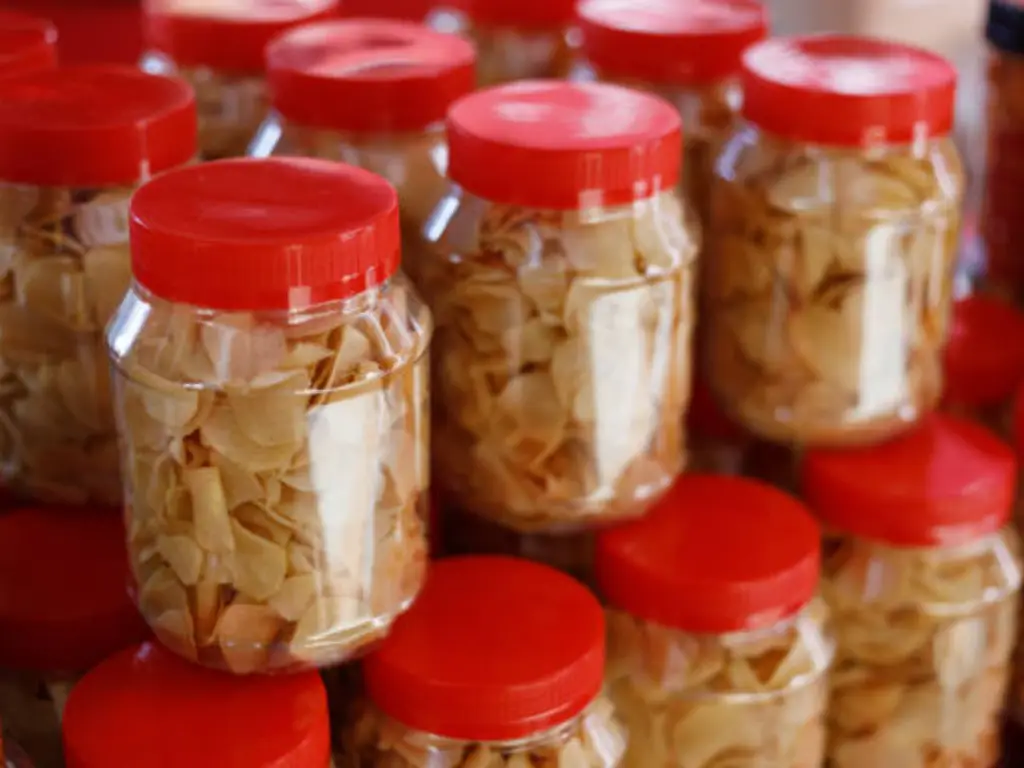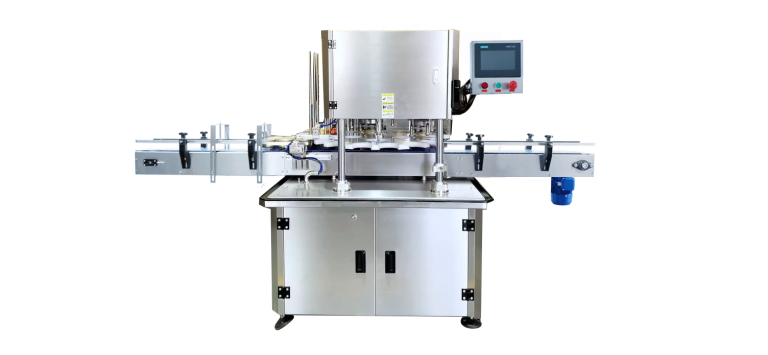Tips for Packing Vacuum Packed Food for Extended Shelf Life
Vacuum packing is a popular method for preserving food items and extending their shelf life. By removing the air from the packaging, vacuum sealing helps to prevent the growth of bacteria and mold, which can cause food to spoil. This technique is commonly used for storing meats, fruits, vegetables, and other perishable items. However, in order to maximize the benefits of vacuum packing, it is important to pack the food items properly. Here are some tips for packing vacuum packed food for longer shelf life.
First and foremost, it is essential to ensure that the food items are properly cleaned and dried before vacuum sealing. Any moisture present in the packaging can lead to the growth of bacteria and mold, which can spoil the food. Therefore, it is important to pat dry the food items with a paper towel before vacuum sealing them.
When vacuum packing food items, it is important to use high-quality vacuum sealing bags or containers. These bags are specifically designed to withstand the vacuum sealing process and prevent air from entering the packaging. It is recommended to use bags that are specifically designed for vacuum sealing, as regular plastic bags may not provide a tight seal.
When packing food items in vacuum sealing bags, it is important to leave some space between the food and the top of the bag. This will allow the bag to properly seal around the food items and prevent air from entering the packaging. It is also important to ensure that the bags are properly sealed before storing them in the refrigerator or freezer.
Another important tip for packing vacuum packed food is to label the packaging with the date of packing. This will help you keep track of how long the food items have been stored and ensure that you use them before they expire. It is also a good idea to write down the contents of the packaging, especially if you are storing multiple items in the same freezer or refrigerator.
When storing vacuum packed food items in the refrigerator or freezer, it is important to keep them organized. This will help you easily locate the items you need and prevent them from getting lost or forgotten. It is recommended to store vacuum packed food items in a designated area of the refrigerator or freezer, away from other items that may cause them to become damaged.
In addition to proper packing and storage, it is important to follow the recommended guidelines for storing vacuum packed food items. For example, meats should be stored in the refrigerator for up to two weeks, while fruits and vegetables can be stored for up to one week. It is also important to thaw frozen vacuum packed food items in the refrigerator, rather than at room temperature, to prevent the growth of bacteria.

In conclusion, vacuum packing is an effective method for preserving food items and extending their shelf life. By following these tips for packing vacuum packed food, you can ensure that your food items stay fresh and safe to eat for longer periods of time. Proper cleaning, drying, sealing, labeling, and storage are key factors in maximizing the benefits of vacuum packing. By taking the time to pack your food items properly, you can enjoy fresh and delicious meals for weeks or even months to come.







